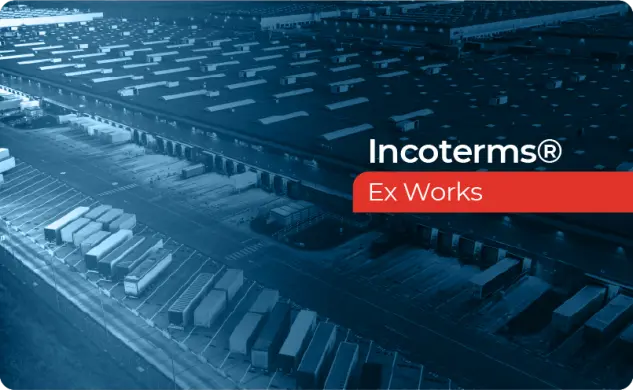EU Forced Labour Ban Regulation.
- Fri, May 03, 2024
- 3 minute read

EU Forced Labour Ban Regulation: A critical update for trade compliance
Forced labour may seem like an issue from the last century but in 2024 it is still a harsh reality for millions. According to the International Labour Organisation, roughly 27.6 million people worldwide are trapped in forced labour conditions. The European Union is increasingly taking measures to curb this inhuman situation. The latest development in this area is the EU Forced Labour Ban Regulation. This regulation aims to ban products manufactured with forced labour from the European market. The regulation was approved by the EU Parliament in April. The next step is for the EU Council to approve the final text of the regulation.
The scope and impact of the EU Forced Labour Ban
Under the Forced Labour Ban, products manufactured with forced labour will no longer:
- Be marketed in the EU;
- Be made available on the European market;
- Be exported from the EU to third countries.
Key features of the Forced Labour Ban
The regulation bans the import and export of forced labour products in the EU. If there are reasonable indications that a product has been manufactured with forced labour, authorities must conduct an investigation. This can range from requests for information, company audits, and site inspections both within the EU and abroad. Should it be found that forced labour was used, the product must be taken off the market and its sale and export will be prohibited. Companies must dispose of the goods concerned and customs authorities must enforce the import and export ban on these products at EU borders.
Database and EU network against forced labour
A database containing verifiable and up-to-date information on risks of forced labour will be set up. This database will assist both the European Commission and national authorities in identifying potential violations. In addition, the regulation establishes an EU network against products manufactured with forced labour, aimed at coordinating actions among national authorities and the European Commission.
Impact on businesses: SMEs will get support
The regulation affects all companies that offer goods on the European market or export from the EU to third countries. Small and medium-sized enterprises (SMEs) are also covered by this regulation. However, the size and economic resources of a company and the extent of forced labour must be taken into account before a formal investigation is opened. For this reason, the proposal provides for specific support tools to help SMEs apply the regulation.
Which products are most affected by the Forced Labour Ban Regulation?
The proposal aims to ban all products made with forced labour. The most common products made with forced labour are:
- Sugar cane
- Cotton
- Coffee
- Rice
- Animal products
Companies must be able to prove that the products they offer on the European market or export from the EU to third countries were not manufactured through forced labour.
Criteria for the investigation of violations
The regulation contains clear criteria under which the European Commission and national authorities should investigate possible violations. These criteria are:
- The extent and severity of the suspected forced labour.
- The quantity or volume of products placed or made available on the market in the Union.
- The proportion of parts made with forced labour in a finished product.
- How close economic operators in their supply chain are to the suspected forced labour and the pressure these operators can exert against it.
If only one part of a product manufactured with forced labour is involved, only that part will be withdrawn from the market.
Maintain a compliant supply chain: minimise risks, maximise transparency
The next step is for the EU Council to approve the final text of the regulation. The regulation will then be published in the Official Journal and is expected to come into force in 2027. It’s essential that companies actively ensure their supply chains are free of forced labour to ensure compliance with the new regulation. For further guidance and support in navigating these regulations, Gaston Schul’s Consultancy & Advisory services are here to assist.
Related News & Articles
Get our expert insights and customs resources delivered straight to your inbox
By subscribing, you consent to be contacted by Gaston Schul about our relevant content, products and events. You can opt-out at any time. For more information, please see our privacy policy.




